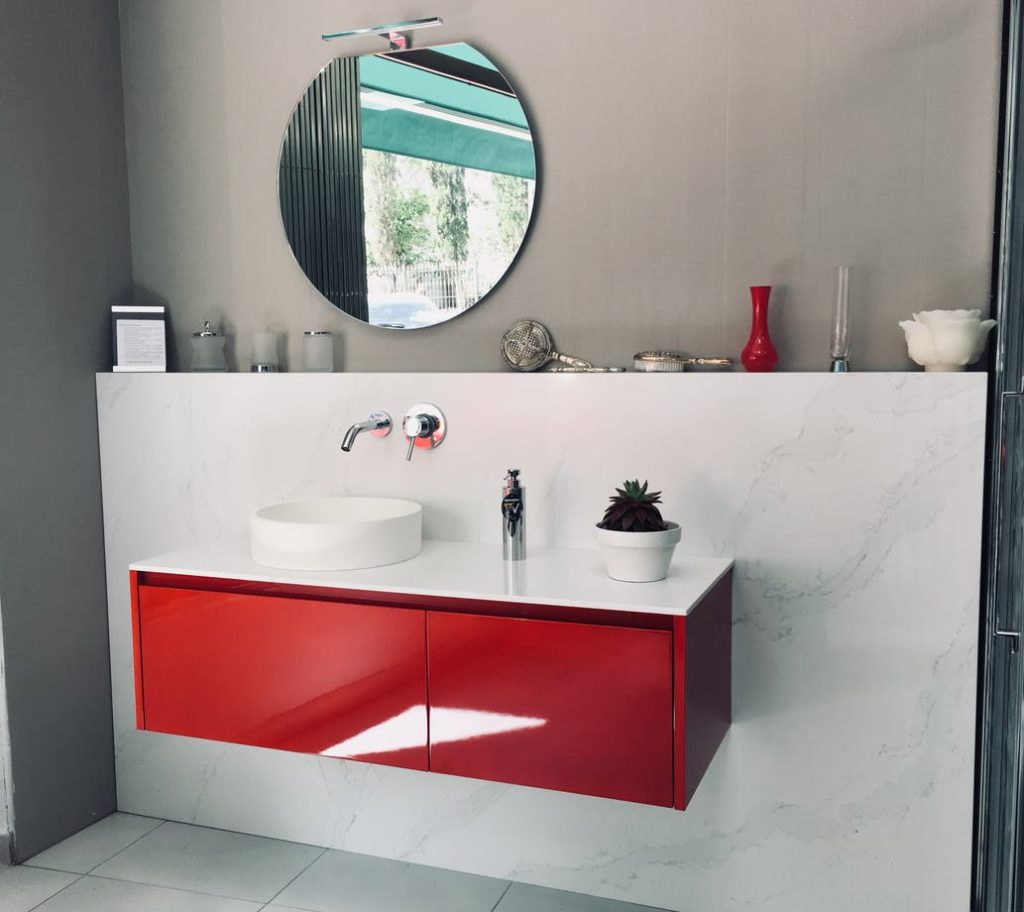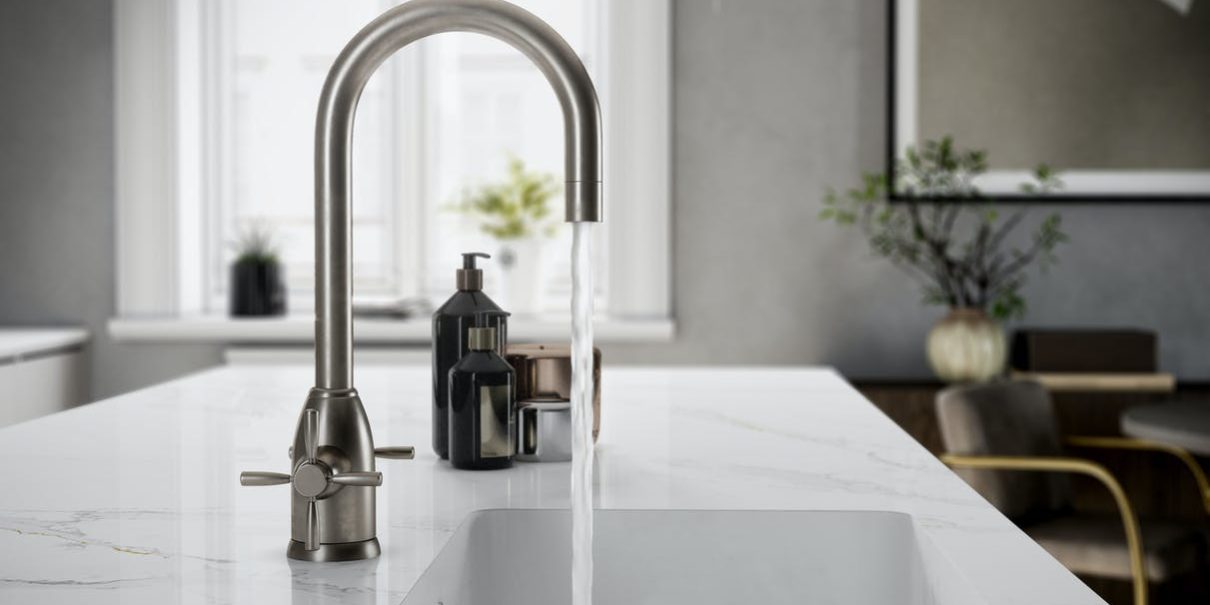World Water Day, March 22nd.
Today, on World Water Day, it is necessary to be aware of the importance of saving water consumption, not only to take care of our health but also of the planet. It is important to look at our daily actions to contribute to an increasingly sustainable world.
The Silestone Institute offers you some ideas to be more sustainable and save on water consumption inside the kitchen and bathroom.
Tips for saving water in the kitchen
- Incorporate an aerator to your tap, which reduces consumption by 25%.
- When washing dishes or hands, do not leave the tap running. Avoid running the water when not in use.
- Run the dishwasher when it is full and avoid wasting water. Take advantage of the water-saving functions provided by your dishwasher.
- Use accessories for your taps that allow you to save on consumption such as flow restrictors, flow regulating valves, flow limiters, pipeline pass limiters…
- Install, if possible, taps that reduce water consumption such as thermostatic taps (they let the water out for a certain time), electronic taps (they are activated only when you put your hands under the tap).
- Check that the appliances do not have any type of water leakage, and if so, repair it immediately.
- Wash fruits and vegetables inside a container and not under the open tap. To defrost food you can do the same or defrost them inside the refrigerator.
- Steam cooking instead of boiling food, this will save water and the food will retain more nutrients.
Tips for saving water consumption in bathrooms
- Turn off the tap while washing your hands, face or brushing your teeth.
- Reduce the number of showers per day and their duration.
- Turn off the shower when we you are not using it, for example, while washing your hair or soaping our body.
- Check the toilet tank for water leaks.
- Install water flow reducers in the tap or shower, which can save between 18% and 47%.
- Incorporate, if possible, an ecological dry toilet. This is a toilet that does not use water for the evacuation of urine and excrement and is not connected to the sewage system.
- Install thermostatic taps in the shower: it allows you to reach the desired temperature more quickly and thus avoid leaving the tap running for a long time to wait for the water to heat up.

